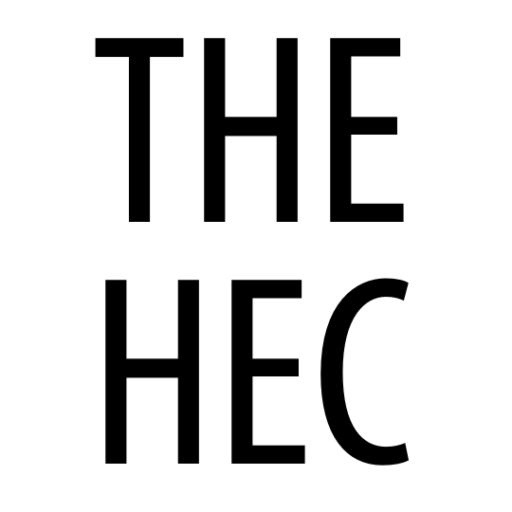17 Jun Working Agreement Vs Team Charter
As an editor who has worked extensively on projects involving both working agreements and team charters, I would like to shed light on the key differences between these two important documents.
A working agreement is a document that outlines the expectations, norms, and communication protocols for team members working on a project together. These can include everything from how meetings are structured and conducted to how conflicts are resolved and how decisions are made. Essentially, a working agreement lays out the ground rules for how the team will work together and what is expected of each member.
On the other hand, a team charter is a broader document that defines the purpose, goals, and vision of the team. It outlines the objectives that the team will work towards and the ways in which they will achieve them. A team charter can also include information on the team`s composition, roles and responsibilities, and how success will be measured.
While there are some similarities between these two documents, it is important to note that they serve different purposes and address different aspects of the team`s functioning. A working agreement focuses on the day-to-day interactions between team members, while a team charter sets the overall goals and direction for the team.
When it comes to prioritizing the creation of these documents, it is generally recommended that a team begins by developing a team charter before moving on to a working agreement. This is because a team charter establishes a clear purpose and direction for the team, which can then inform the development of the working agreement.
Ultimately, both working agreements and team charters can be invaluable tools for teams looking to function more effectively and collaboratively. By setting clear expectations and goals, teams can minimize misunderstandings, maximize productivity, and achieve greater success in their work.


Sorry, the comment form is closed at this time.